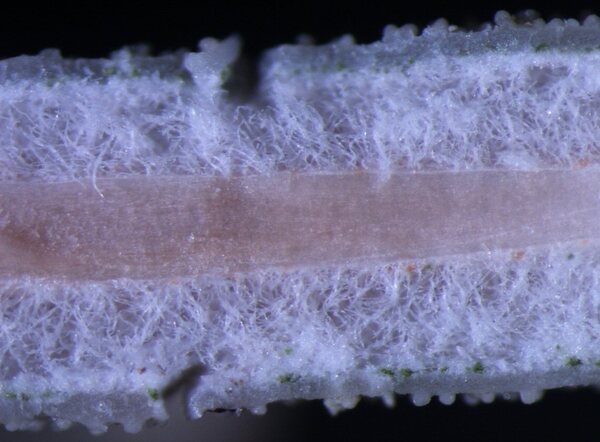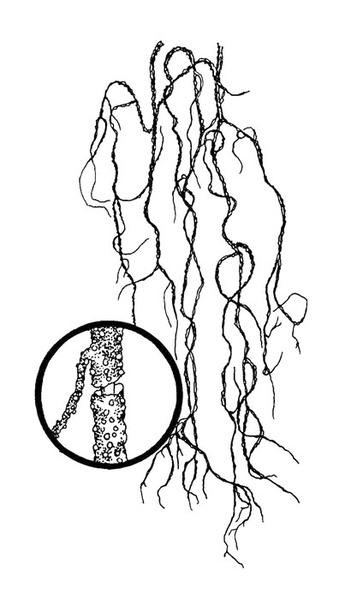Usnea barbata (L.) F.H. Wigg.
Brit. Fl., 1: 206, 1780. Basionym: Lichen barbatus L. - Sp. Pl., 2: 1155, 1753.
Synonyms: Usnea alpina Motyka; Usnea catenulata Motyka; Usnea caucasica Vain.; Usnea cembricola Motyka; Usnea erikssonii Motyka; Usnea ferox Motyka; Usnea freyi Motyka; Usnea graciosa Motyka; Usnea implexa (Lam.) Motyka; Usnea leucosticta Vain.; Usnea maxima Motyka; Usnea pendulina Motyka; Usnea plicata (L.) F.H. Wigg.; Usnea prostrata Vain.; Usnea rugulosa Vain.; Usnea scabrata Nyl.; Usnea scabrata var. cembricola (Motyka) Clauzade & Cl. Roux?; Usnea scrobiculata Motyka; Usnea subscabrata (Vain.) Motyka; Usnea tenax Motyka; Usnea tortuosa De Not.
Distribution: N - Frl, Ven (Nascimbene & Caniglia 2002c), TAA (Nascimbene & Caniglia 2002c, Nascimbene & al. 2006e, 2007b, 2022, Nascimbene 2014, 2014c, Trindade & al. 2021), Lomb, Piem, VA (Valcuvia 2000, Matteucci & al. 2008, Matteucci & al. 2008c), Emil (Fariselli & al. 2020). C - Tosc, Umb (Panfili 2000, Ravera & al. 2006), Laz (Ravera 2006), Abr (Gheza & al. 2021), Sar (Zedda 2002, 2002b). S - Camp, Bas (Potenza 2006), Cal, Si.
Description: Thallus fruticose-filamentous, greenish, pendulous, 25-40(-60) cm long, with parallel branches, the main ones isotomic dichotomous, the lateral ones anisotomic dichotomous. Main branches uneven in thickness, angulose, often with foveolae, depressions and/or ridges, with or without papillae, tubercles and fibrils, partly divided into irregular segments by annular cracks, with the largest segment not close to the basal part, the base ochraceous to blackened; lateral branches not constricted at attachment point, with or without fibrils. Soralia few to abundant, punctiform, irregular, <50% of the branch diam., developing on the top of eroded papillae, tubercles or ridges, with or without isidiomorphs. Cortex matt to more or less shiny in longitudinal section, thin (4-7% of total branch thickness); medulla white, loose to dense, rather thick (24-33%); central axis white, moderately thin (24-38%); ratio axis/medulla ranging between 0.7 and 1.5. Apothecia not observed in Italian material. Photobiont chlorococcoid. Spot tests: cortex K-, C-, KC-, P-; soralia K- or K+ yellow turning red, C-, KC-, P- or P+ yellow to orange. Chemistry: cortex with usnic acid; medulla and soralia with: chemotype 1) salazinic acid (major) and protocetraric acid (accessory) (K+ yellow, orange or red, P+ yellow to orange); chemotype 2) without medullary substances; a rare chemotype with psoromic acid (K+ yellow then red, P+ orange) was described from the Iberian Peninsula. Note: a boreal-montane species found in oroboreal-montane forests with high rainfall and frequent fog, especially on branches and twigs of Picea. According to Clerc (in litt.) this is one of the most morphologically variable species of the genus. The species is widespread in the Alps, with several records in the Apennines up to the mountains of Calabria; the latter, however, require confirmation.
Growth form: Fruticose filamentous
Substrata: bark
Photobiont: green algae other than Trentepohlia
Reproductive strategy: mainly sexual
Poorly known taxon in need of further study
Commonnes-rarity: (info)
Alpine belt: absent
Subalpine belt: rather rare
Oromediterranean belt: absent
Montane belt: very rare
Submediterranean belt: absent
Padanian area: absent
Humid submediterranean belt: absent
Humid mediterranean belt: absent
Dry mediterranean belt: absent
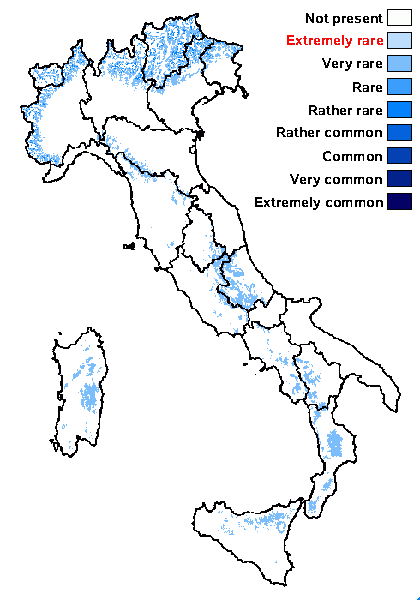
Predictive model
Herbarium samples
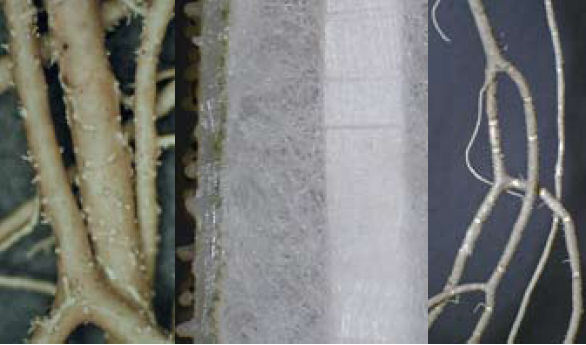
Tiiu Tõrra; Owner: Tiiu Tõrra - Institute of Ecology and Earth Sciences, University of Tartu, Estonia
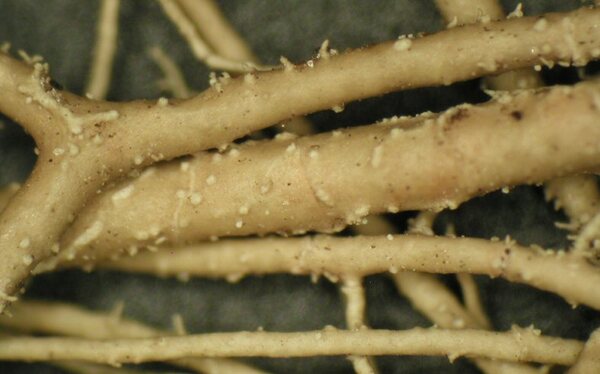
Tiiu Tõrra; Owner: University of Tartu
Estonia.
Herbarium: TU (31464)
2005/09/08
Branches with uneven thickness and ridges
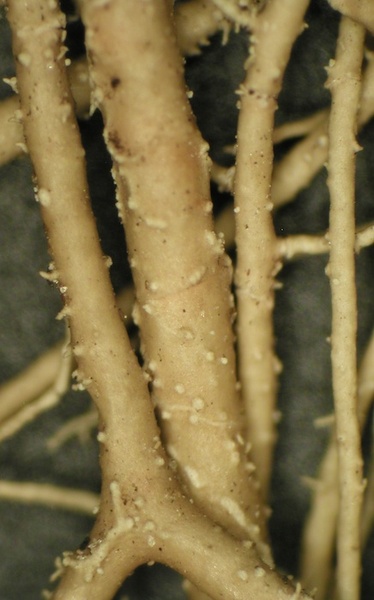
Tiiu Tõrra; Owner: Tiiu Tõrra - Institute of Ecology and Earth Sciences, University of Tartu, Estonia
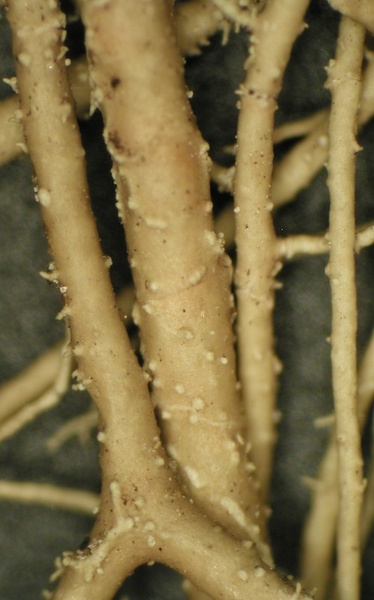
Tiiu Tõrra; Owner: Tiiu Tõrra - Institute of Ecology and Earth Sciences, University of Tartu, Estonia
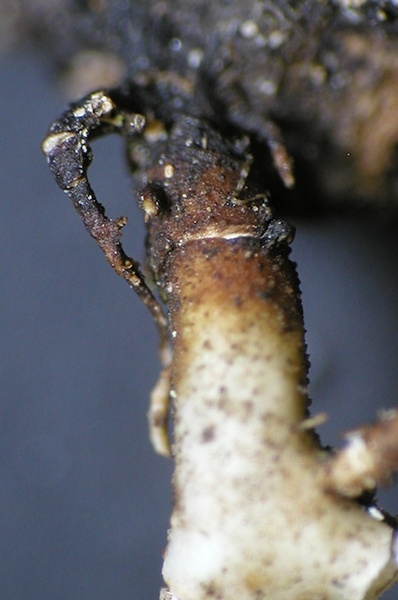
Tiiu Tõrra; Owner: Tiiu Tõrra - Institute of Ecology and Earth Sciences, University of Tartu, Estonia
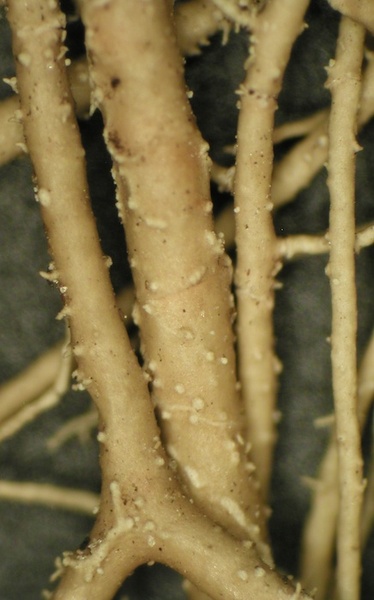
Tiiu Tõrra; Owner: Tiiu Tõrra - Institute of Ecology and Earth Sciences, University of Tartu, Estonia

Tiiu Tõrra; Owner: Tiiu Tõrra - Institute of Ecology and Earth Sciences, University of Tartu, Estonia
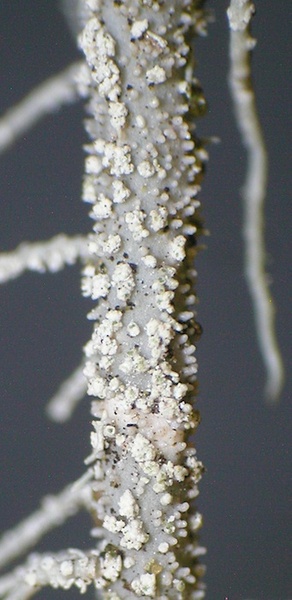
Tiiu Tõrra; Owner: Tiiu Tõrra - Institute of Ecology and Earth Sciences, University of Tartu, Estonia

Tiiu Tõrra; Owner: Tiiu Tõrra - Institute of Ecology and Earth Sciences, University of Tartu, Estonia
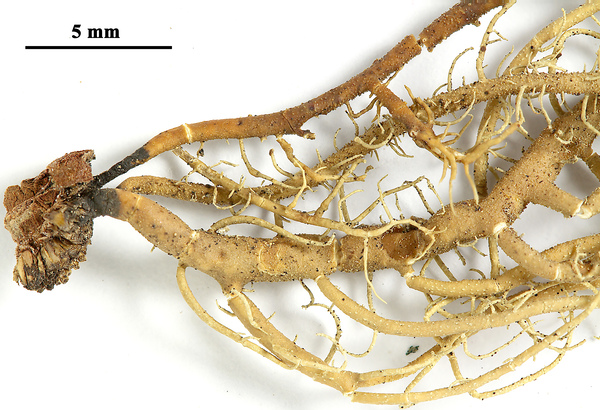

Felix Schumm - CC BY-SA 4.0
[1765], Italien, Südtirol, Reschen, bei der Kapelle, an Larix, ca. 1750 m. Leg. E. Putzler 3.8.1962, det. F. Schumm.
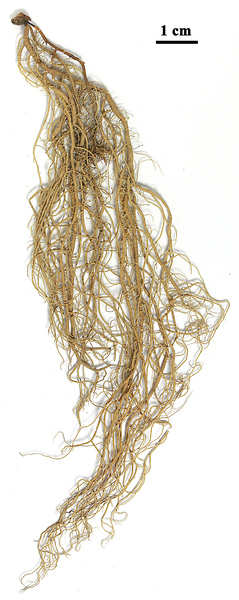

Felix Schumm - CC BY-SA 4.0
[1765], Italien, Südtirol, Reschen, bei der Kapelle, an Larix, ca. 1750 m. Leg. E. Putzler 3.8.1962, det. F. Schumm.
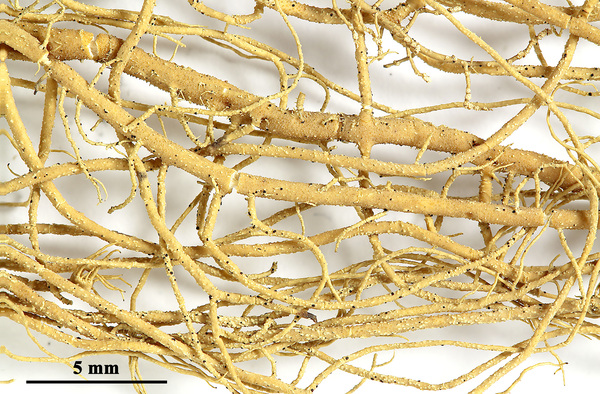

Felix Schumm - CC BY-SA 4.0
[1765], Italien, Südtirol, Reschen, bei der Kapelle, an Larix, ca. 1750 m. Leg. E. Putzler 3.8.1962, det. F. Schumm.
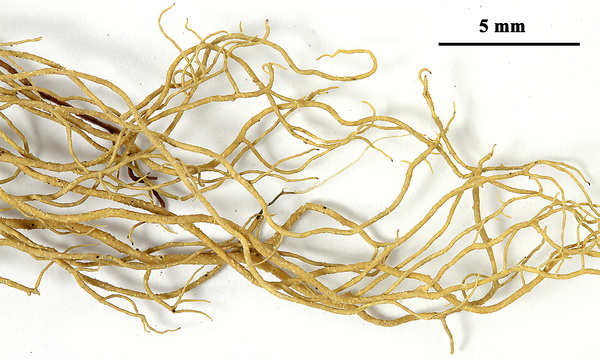

Felix Schumm - CC BY-SA 4.0
[1765], Italien, Südtirol, Reschen, bei der Kapelle, an Larix, ca. 1750 m. Leg. E. Putzler 3.8.1962, det. F. Schumm.
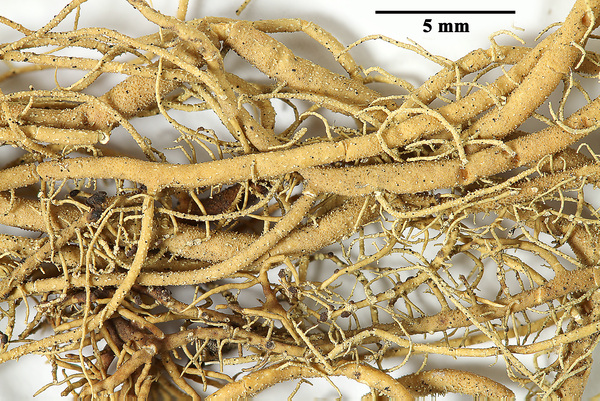

Felix Schumm - CC BY-SA 4.0
[1765], Italien, Südtirol, Reschen, bei der Kapelle, an Larix, ca. 1750 m. Leg. E. Putzler 3.8.1962, det. F. Schumm.


Felix Schumm - CC BY-SA 4.0
[1765], Italien, Südtirol, Reschen, bei der Kapelle, an Larix, ca. 1750 m. Leg. E. Putzler 3.8.1962, det. F. Schumm.
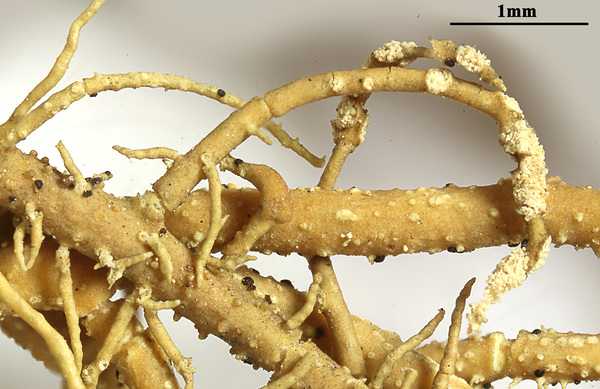

Felix Schumm - CC BY-SA 4.0
[1765], Italien, Südtirol, Reschen, bei der Kapelle, an Larix, ca. 1750 m. Leg. E. Putzler 3.8.1962, det. F. Schumm.
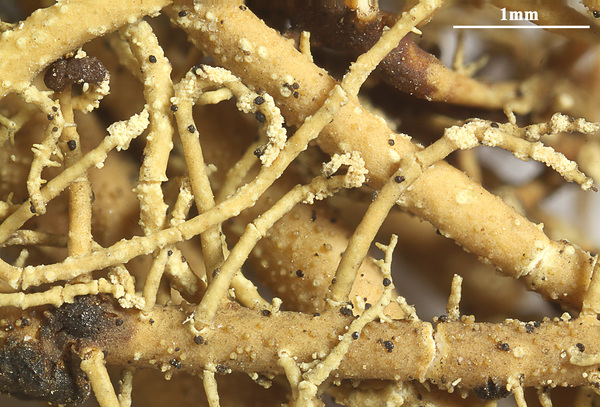

Felix Schumm - CC BY-SA 4.0
[1765], Italien, Südtirol, Reschen, bei der Kapelle, an Larix, ca. 1750 m. Leg. E. Putzler 3.8.1962, det. F. Schumm.
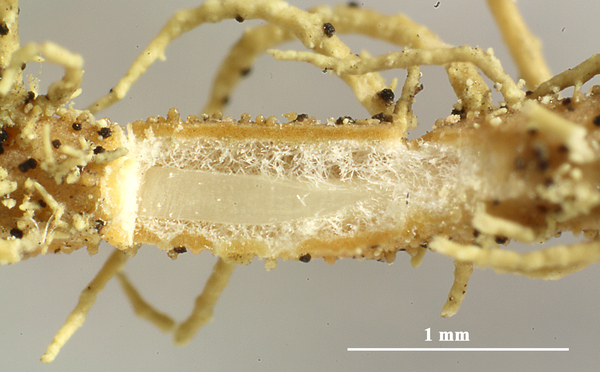

Felix Schumm - CC BY-SA 4.0
[1765], Italien, Südtirol, Reschen, bei der Kapelle, an Larix, ca. 1750 m. Leg. E. Putzler 3.8.1962, det. F. Schumm.
Growth form: Fruticose filamentous
Substrata: bark
Photobiont: green algae other than Trentepohlia
Reproductive strategy: mainly sexual
Poorly known taxon in need of further study
Commonnes-rarity: (info)
Alpine belt: absent
Subalpine belt: rather rare
Oromediterranean belt: absent
Montane belt: very rare
Submediterranean belt: absent
Padanian area: absent
Humid submediterranean belt: absent
Humid mediterranean belt: absent
Dry mediterranean belt: absent

Predictive model
| Herbarium samples |

Tiiu Tõrra; Owner: Tiiu Tõrra - Institute of Ecology and Earth Sciences, University of Tartu, Estonia

Tiiu Tõrra; Owner: University of Tartu
Estonia.
Herbarium: TU (31464)
2005/09/08
Branches with uneven thickness and ridges

Tiiu Tõrra; Owner: Tiiu Tõrra - Institute of Ecology and Earth Sciences, University of Tartu, Estonia

Tiiu Tõrra; Owner: Tiiu Tõrra - Institute of Ecology and Earth Sciences, University of Tartu, Estonia

Tiiu Tõrra; Owner: Tiiu Tõrra - Institute of Ecology and Earth Sciences, University of Tartu, Estonia

Tiiu Tõrra; Owner: Tiiu Tõrra - Institute of Ecology and Earth Sciences, University of Tartu, Estonia

Tiiu Tõrra; Owner: Tiiu Tõrra - Institute of Ecology and Earth Sciences, University of Tartu, Estonia

Tiiu Tõrra; Owner: Tiiu Tõrra - Institute of Ecology and Earth Sciences, University of Tartu, Estonia

Tiiu Tõrra; Owner: Tiiu Tõrra - Institute of Ecology and Earth Sciences, University of Tartu, Estonia


Felix Schumm - CC BY-SA 4.0
[1765], Italien, Südtirol, Reschen, bei der Kapelle, an Larix, ca. 1750 m. Leg. E. Putzler 3.8.1962, det. F. Schumm.


Felix Schumm - CC BY-SA 4.0
[1765], Italien, Südtirol, Reschen, bei der Kapelle, an Larix, ca. 1750 m. Leg. E. Putzler 3.8.1962, det. F. Schumm.


Felix Schumm - CC BY-SA 4.0
[1765], Italien, Südtirol, Reschen, bei der Kapelle, an Larix, ca. 1750 m. Leg. E. Putzler 3.8.1962, det. F. Schumm.


Felix Schumm - CC BY-SA 4.0
[1765], Italien, Südtirol, Reschen, bei der Kapelle, an Larix, ca. 1750 m. Leg. E. Putzler 3.8.1962, det. F. Schumm.


Felix Schumm - CC BY-SA 4.0
[1765], Italien, Südtirol, Reschen, bei der Kapelle, an Larix, ca. 1750 m. Leg. E. Putzler 3.8.1962, det. F. Schumm.


Felix Schumm - CC BY-SA 4.0
[1765], Italien, Südtirol, Reschen, bei der Kapelle, an Larix, ca. 1750 m. Leg. E. Putzler 3.8.1962, det. F. Schumm.


Felix Schumm - CC BY-SA 4.0
[1765], Italien, Südtirol, Reschen, bei der Kapelle, an Larix, ca. 1750 m. Leg. E. Putzler 3.8.1962, det. F. Schumm.


Felix Schumm - CC BY-SA 4.0
[1765], Italien, Südtirol, Reschen, bei der Kapelle, an Larix, ca. 1750 m. Leg. E. Putzler 3.8.1962, det. F. Schumm.


 INDEX FUNGORUM
INDEX FUNGORUM
 GBIF
GBIF
 DOLICHENS
DOLICHENS
